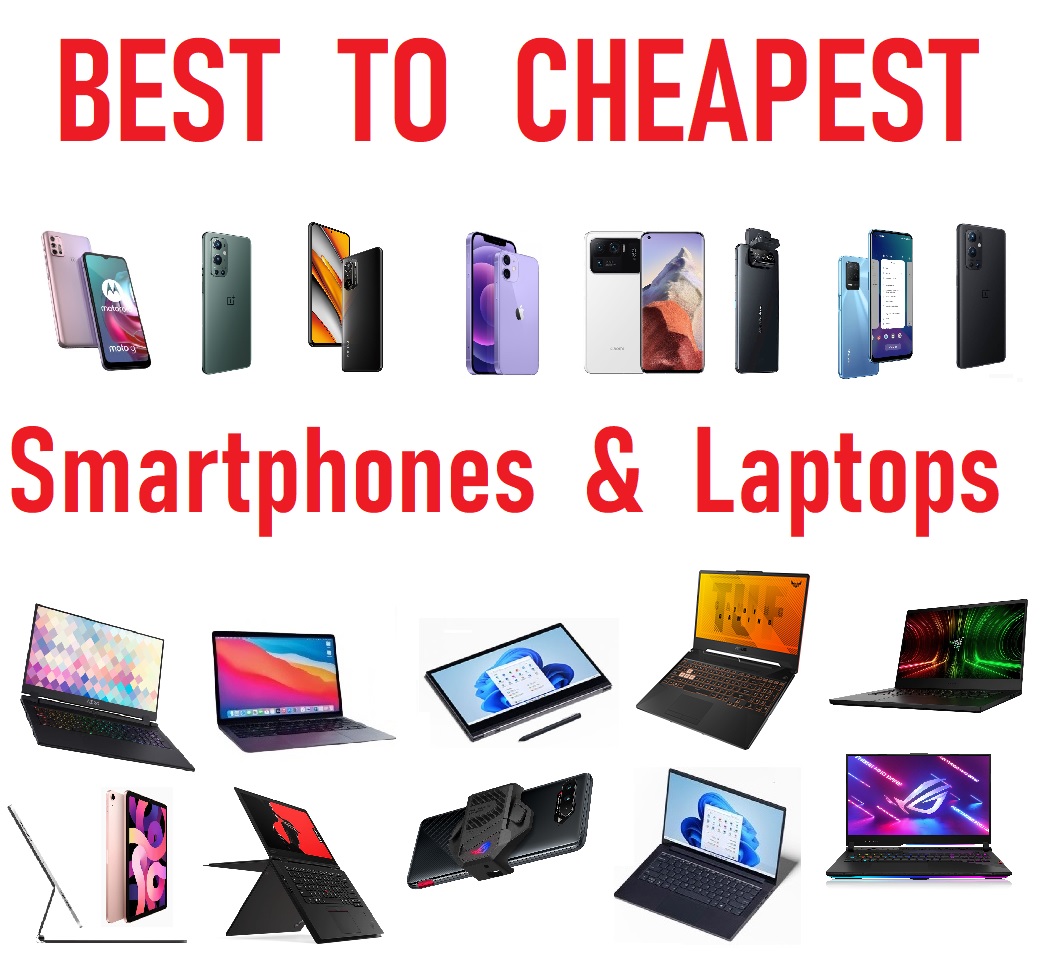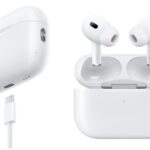
In today’s tech-savvy world, choosing between smartphones and PCs can be challenging, especially when considering productivity, graphic design, and digital marketing. Each device has its unique strengths and limitations. This guide will help you navigate the pros and cons of each to make the best choice for your needs.
Smartphones vs. PCs for Graphic Designers
Graphic design often requires precision, powerful software, and high-resolution displays. Here’s how smartphones and PCs stack up:
PCs: The Preferred Choice
- Screen Size and Resolution: PCs typically offer larger screens with higher resolutions, which are crucial for detailed design work. A 27-inch 4K monitor can make a huge difference when working on intricate designs.
- Software Capabilities: Desktop applications like Adobe Photoshop and Illustrator are industry standards for graphic design. These programs offer advanced features and tools not fully available on mobile apps.
- Performance: PCs generally have more powerful processors and graphics cards, making them better suited for rendering and handling large files.
Smartphones: A Convenient Alternative
- Portability: Smartphones allow you to work on-the-go, with apps like Adobe Spark and Canva providing decent tools for quick edits and social media graphics.
- Touchscreen Functionality: Touchscreen controls can be intuitive for sketching and basic design work, especially with stylus support.
Using Smartphones for Digital Marketing
Smartphones have become valuable tools for digital marketing. Here’s how you can leverage them effectively:
Social Media Management
- Apps: Use apps like Hootsuite and Buffer to schedule posts, analyze engagement, and manage multiple accounts from your phone.
- Content Creation: Smartphones equipped with high-quality cameras and editing apps can produce impressive visuals for marketing campaigns.
Email Marketing
- Campaign Management: Tools like Mailchimp and Constant Contact have mobile apps that let you create, send, and track email campaigns from your smartphone.
PC Monitors vs. Mobile Screens: What’s Better?
When choosing between PC monitors and mobile screens, consider these factors:
PC Monitors
- Size and Clarity: Larger monitors provide more screen real estate and better resolution, which is ideal for tasks like video editing and data analysis.
- Color Accuracy: High-quality monitors often have better color accuracy, which is essential for design and multimedia work.
Mobile Screens
- Portability: Mobile screens are compact and perfect for on-the-go tasks.
- Convenience: Smartphones are great for quick checks and light tasks but might be limited in detail-oriented work.
Efficient Workflow: Mobile Phones vs. Computers
Efficiency in workflow depends on the nature of the task. Here’s a breakdown:
Computers
- Multitasking: PCs can handle multiple applications simultaneously without lag, making them ideal for complex projects.
- Software: Computers support a broader range of professional software and tools that enhance productivity.
Smartphones
- Quick Tasks: Smartphones are excellent for quick tasks, like answering emails or making minor edits.
- Apps: Mobile apps offer convenience for specific tasks but might lack the depth of desktop software.
How to Make the Most of Smartphone Features for Business
Smartphones come with features that can significantly benefit business operations:
Productivity Apps
- Note-Taking: Apps like Evernote and Microsoft OneNote help keep track of ideas and meetings.
- Task Management: Use tools like Todoist or Trello to manage projects and deadlines.
Remote Access
- File Sharing: Apps like Google Drive and Dropbox allow you to access and share files remotely.
- Remote Work: With apps like Microsoft Teams and Zoom, you can attend meetings and collaborate from anywhere.
Audio Editing: Smartphone Apps vs. Desktop Software
When it comes to audio editing, both smartphones and desktops offer solutions, but with differences:
Desktop Software
- Advanced Features: Programs like Audacity and Adobe Audition provide professional-grade audio editing capabilities.
- Performance: Desktops offer more power for handling large audio files and complex edits.
Smartphone Apps
- Convenience: Apps like GarageBand and Hokusai Audio Editor offer basic editing tools and are great for on-the-go tasks.
- Portability: Ideal for quick edits and recording when a PC isn’t available.
Role of AI in Enhancing Smartphone Productivity
Artificial Intelligence (AI) is increasingly integrated into smartphones, improving productivity:
AI Features
- Voice Assistants: Siri, Google Assistant, and Alexa help manage tasks and access information hands-free.
- Smart Apps: AI-powered apps can automate routine tasks, such as organizing photos and scheduling meetings.
Key Differences Between Smartphone and PC Architecture
Smartphones and PCs have different architectural designs suited to their purposes:
Smartphones
- Compact Design: Designed for portability with integrated components to save space and power.
- Mobile Processors: Optimized for efficiency and lower power consumption but might not handle high-performance tasks as well as PCs.
PCs
- Modular Design: PCs have separate components (CPU, GPU, RAM) that can be upgraded or replaced.
- High Performance: Built for power and performance, suitable for intensive applications and multitasking.
Emerging Technologies That Will Shape Mobile Computing
Several emerging technologies are set to revolutionize mobile computing:
5G Technology
- Faster Speeds: Enables faster internet speeds and more reliable connections for mobile devices.
- Enhanced Capabilities: Supports advanced applications like augmented reality (AR) and high-definition streaming.
Foldable Screens
- Versatility: Foldable phones offer larger screens in a compact form, enhancing multitasking and productivity.
Challenges in Replacing PCs with Mobile Phones
While smartphones offer many benefits, there are challenges in replacing PCs:
Limitations
- Processing Power: Smartphones generally lack the processing power required for high-end applications.
- Screen Size: Smaller screens can hinder productivity for tasks that require detailed views or multiple windows.
Adaptation
- Software Compatibility: Not all desktop software has mobile counterparts, limiting functionality.
Multi-Tasking: Smartphone Limitations
Smartphones have improved multitasking capabilities, but there are still limitations:
Screen Space
- Limited Real Estate: Smaller screens make it harder to manage multiple tasks or applications simultaneously.
Performance
- Resource Constraints: Mobile processors can struggle with intensive multitasking or demanding applications.
Are Smartphones the Future of Computing?
Smartphones are increasingly powerful and versatile, but they may not fully replace PCs:
Strengths
- Portability and Convenience: Ideal for on-the-go tasks and quick interactions.
Weaknesses
- Performance and Usability: PCs still offer superior performance and user experience for complex tasks.
How Smartphones Are Bridging the Digital Divide
Smartphones play a crucial role in connecting people and bridging the digital divide:
Access to Information
- Educational Apps: Provide access to learning resources and educational content.
- Connectivity: Enable communication and access to online services in underserved areas.
Using Mobile Phones for Virtual Reality Experiences
Smartphones are increasingly used for virtual reality (VR) experiences:
VR Capabilities
- Affordable VR Headsets: Many VR headsets are designed to work with smartphones, providing immersive experiences at a lower cost.
- VR Apps: Apps like Google Cardboard and Oculus offer a range of VR content and experiences.
Mobile Phones for Designing and Prototyping
Smartphones can also be used for design and prototyping:
Design Apps
- Sketching: Apps like Procreate and Adobe Fresco allow for sketching and basic design work.
- Prototyping: Tools like Marvel and Figma provide mobile versions for creating and testing prototypes.
In conclusion, both smartphones and PCs offer unique benefits and challenges. By understanding their strengths, you can make informed decisions about which device best suits your needs for graphic design, digital marketing, and productivity.













